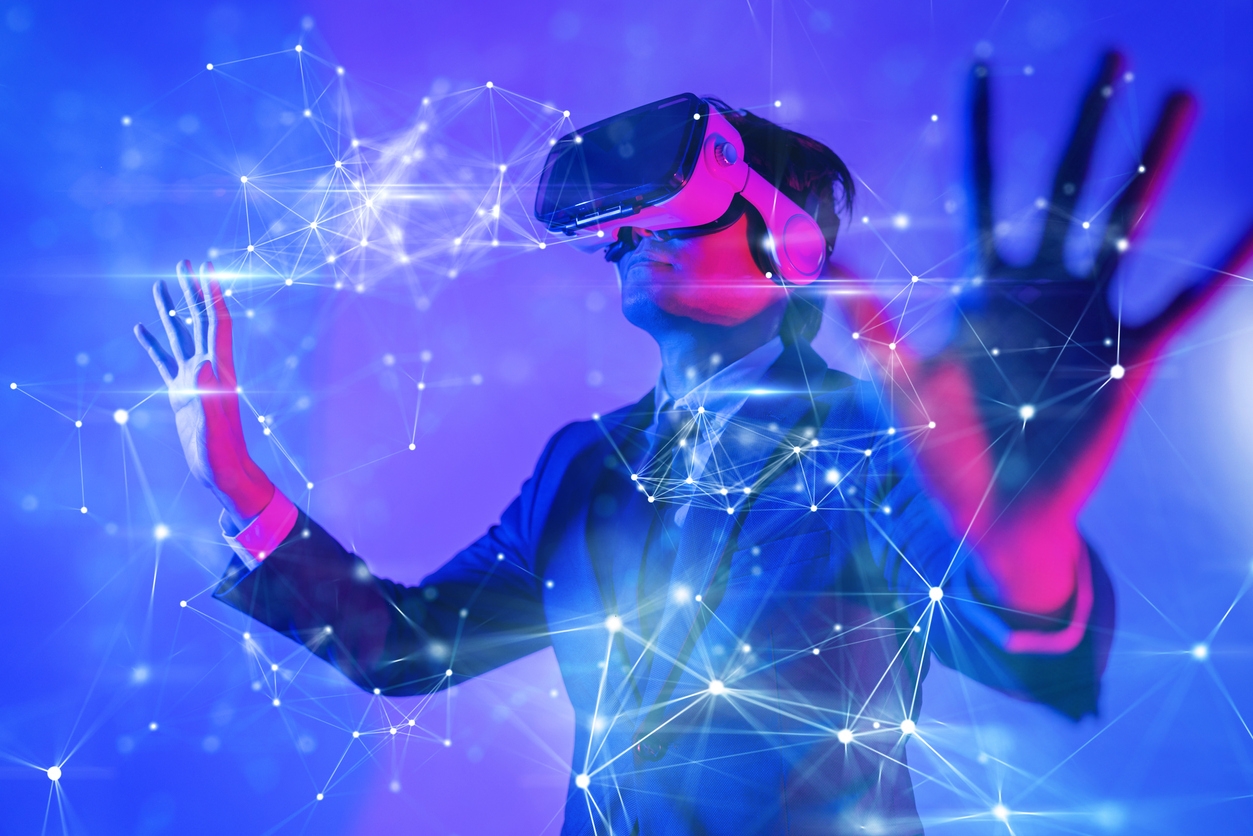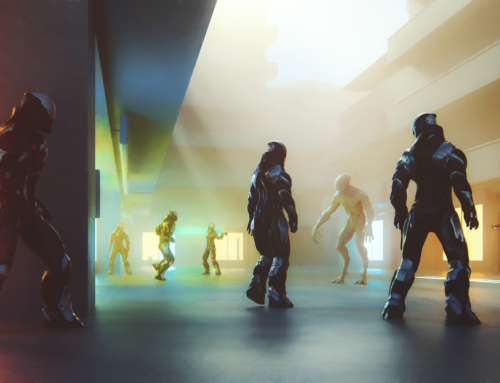Comprehending the metaverse is difficult, particularly given the fact that it does not exist at this time. There is a developing terminology to characterize the next version of the internet. This is thanks to the continued efforts of Big Tech corporations such as Epic Games, Nvidia, Microsoft, Intel, and Facebook (I mean, “Meta”). In a similar vein, Quartz prepared a glossary of metaverse-related terms for the benefit of readers interested in the subject:
Defining the Concept of the Metaverse
The metaverse is three-dimensional, while the modern online experience is two-dimensional. That is, you surf and scroll around it on a screen for the current online experience. Through the use of linked headphones or glasses, you’ll be able to “walk” through it.
It is unknown whether there should be a single metaverse or many distinct unique metaverses. However, there appears to be one consistency: the metaverse. This interactive upcoming form of the internet, using virtual or augmented reality technology, remains known as the metaverse. “The metaverse” is defined as a “successor state” to mobile broadband and a framework for human enjoyment, work, and life at large.
Your Digital Twin in the Metaverse
Mirrorworld
A mirrorworld is a digitally produced representation of the actual world in which virtual equivalents of real-life people, places, and objects exist alongside their real-world counterparts. Mirrorworlds occur in science fiction, like in Netflix’s Stranger Things, The Matrix film series, the book and video Ready Player One, and many other works of fiction. This mirrorworld may create an accurate replica of the actual world, or something altogether different. For example, a world created just for a video game that one could discover.
Skeuomorphic Design
A strange concept that basically indicates that virtual items will be designed to seem as similar to real-world objects as possible. However, although the metaverse may resemble the physical world in that it may often look bound to the laws and patterns of our world, it does not necessarily have to be the same as our reality.
An item or structure that has a digital twin is a virtual representation of the real-world object or structure. The concept was initially coined in the 1991 book Mirror Worlds by David Gelernter. It was NASA that employed digital twin technology for the first time in 2010 to perform simulations of space capsules at the International Space Station. Microsoft, especially, has stressed the importance of digital twin technology for the development of the metaverse and its infrastructure.
Avatar
In a virtual environment, your avatar represents your persona. You may have a digital representation of your appearance that looks like you as a cartoon. Snapchat’s Bitmoji and Apple’s Memoji promote this.
What Is the Distinction Between Virtual Reality and Augmented Reality?

Virtual reality (VR) is an interactive experience in which a person dons a headset and sees and interacts with a digital environment. Using full-headset virtual reality (VR) rather than glasses envelops the user in a 360° virtual environment. There, they may walk about as long as they don’t run into any physical barriers.
An example of augmented reality (AR) occurs when a digital overlay is displayed on top of the actual environment. Consider the success of Niantic’s Pokemon Go, Snapchat’s bouncing hot dog, or even wearable technology such as Google Glass. We may soon stare through AR-connected eyeglasses like Facebook’s Ray-Ban Stories or Snapchat Spectacles.
Mixed Reality (MR)
Mixed reality encompasses characteristics of both virtual and augmented reality. A human may engage with both virtual and real-world items, and virtual images can engage with one another. Virtual objects can also interact with one another. For example, the Snapchat hot dog can waltz across the tabletop without falling over the tabletop.
Extended Reality (XR)
A catch-all word encompassing virtual reality, augmented reality, and mixed reality, all of which are ideas that frequently overlap. As the metaverse becomes a reality, the distinctions between VR, AR, and MR may blur. Thus, making the word “XR” a more applicable term.
Traveling in the Metaverse
Neal Stephenson coined the term “metaverse” in his widely read book Snow Crash. Hiro Protagonist, the protagonist, traverses the metaverse continuously in a virtual environment.
MMORPG (Massively Multiplayer Online Role-Playing Game)
MMORPGs are interactive games that serve as the foundation for what many believe will be the future of the internet. Millions of individuals engage in shared environments, engaging in activities like as gaming, constructing objects, visiting virtual stores, and even attending concerts and events. For instance, Fortnite, Roblox, Minecraft, and the NFT-based Axie Infinity are all popular video games.
Oculus and Horizon Working Areas
In 2014, Facebook acquired Oculus for $2.3 billion, making it the most expensive technology acquisition in history. While it has long been a top virtual reality platform, Oculus may suddenly be the gateway for those who want to get a glimpse of Facebook’s vision for the metaverse. Facebook presented Horizon Workrooms, a virtual work environment similar to Zoom but with legless avatars, as a virtual professional experience.
Second Life
An online virtual environment that was first released in 2003. It is a pioneering sign of social encounters in the metaverse since it was the first of its kind. Second Life is an open-world social network featuring avatars. The metaverse compares to a virtual reality equivalent of Second Life.
Cryptographic Nonfungible Tokens (NFTS) in the Metaverse
Cryptographic credentials of authenticity for digital items that are based on blockchain technology. These might be used to prove ownership of products in the metaverse.





